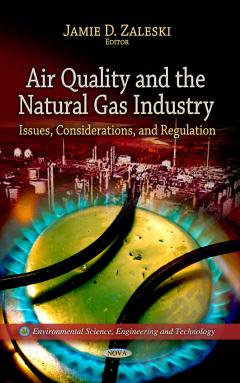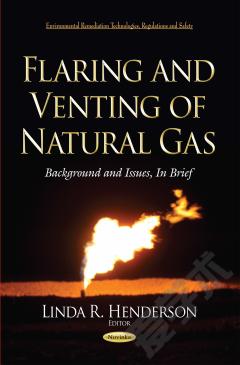The Natural Gas Sector: Life-Cycle Greenhouse Gas and Air Quality Issues
Recent expansion in natural gas production has made the resource an increasingly significant component in the U.S. energy market. Further, a number of policies recently proposed and/or promulgated at the federal, state, and local levels may serve to accelerate this development. Examples of federal policies include U.S. Environmental Protection Agency air standards for power plants and vehicles, as well as bills introduced in the 114th Congress to promote increased natural gas production on federal lands, amend provisions in the tax code to incentivize natural gas production and use, and streamline the approval, permitting, and/or construction of natural gas infrastructure. Many of these proposals promote technology and infrastructure investments that could be significant and long lasting. For this reason, some stakeholders recommend a thorough analysis of the costs and benefits of these proposals as well as a full assessment of the economic and environmental impacts of increased natural gas development. Fuel-switching strategies from other fossil fuels to natural gas have the potential to impact many segments of the general economy, including jobs, investments, infrastructure, national security, human health, safety, and the environment. The net climate impact of replacing other fossil fuels with natural gas depends upon a number of analytic assumptions, including the choice of fuel, end-use sector, equipment, and processes modeled. This book presents a comparative analysis of the potential climate implications of switching from coal to natural gas in the domestic electric power generating sector. Furthermore, this book provides information on the natural gas industry and the types and sources of air pollutants in the sector. It examines the role of the federal government in regulating these emissions, including the provisions in the Clean Air Act and EPA’s regulatory activities. It concludes with a brief discussion of the aforementioned outstanding issues.
{{comment.content}}








 京公网安备 11010802027623号
京公网安备 11010802027623号